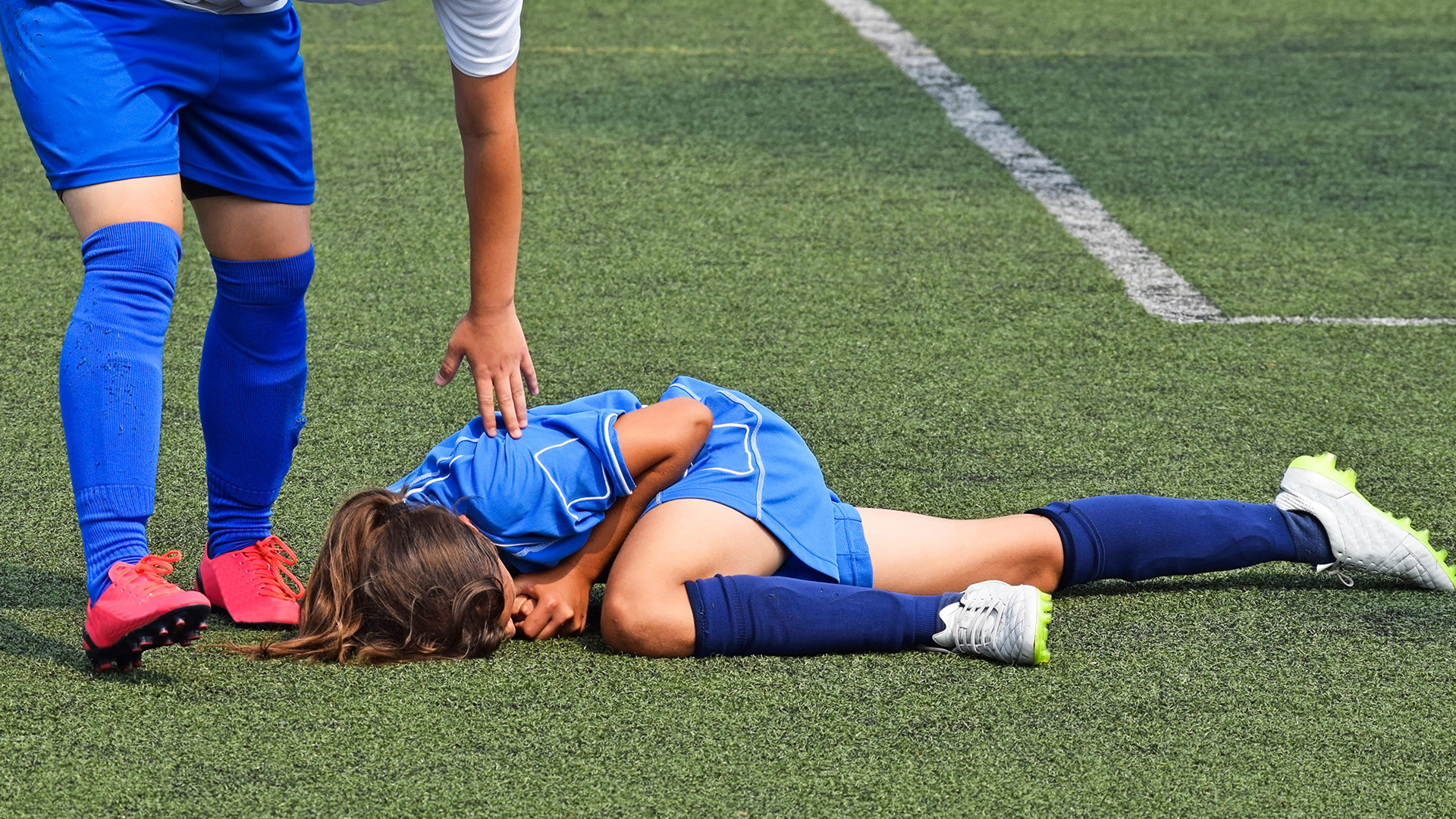No Products in the Cart
Sports injuries can be a real setback for athletes of all levels. Whether you're a professional player or someone who enjoys sports recreationally, an injury can put you on the sidelines for weeks or even months. However, with the right knowledge and tools, you can not only recover faster but also prevent future injuries. In this comprehensive guide, we'll delve into the world of sports injuries and rehabilitation, and how compression wear like ankle braces, elbow braces, and patella straps can play a crucial role in your recovery.

Sports injuries are common occurrences in athletic activities. They can result from accidents, poor training practices, improper gear, lack of conditioning, or even insufficient warm-up and stretching. The most prevalent sports injuries include sprains, strains, fractures, dislocations, and tendonitis.
Sprains
Sprains occur when ligaments, which are the tough bands of fibrous tissue that connect bones to one another, are stretched or torn. Ankle sprains are one of the most frequent types of sprains in sports.
Strains
Strains are injuries to muscles or tendons, the tissues that connect muscles to bones. These can happen when muscles are overstretched or overused.
Fractures
Fractures are breaks in bones and can range from hairline cracks to complete breaks.
Dislocations
Dislocations happen when the ends of your bones are forced from their normal positions. This can cause damage to the surrounding ligaments, muscles, and nerves.
Tendonitis
Tendonitis occurs when there is inflammation or irritation of a tendon, which is the thick cord that attaches muscles to bones.

Rehabilitation is the process of restoring full function after an injury. It involves exercises, stretches, and treatments to help the injured area heal correctly and regain strength and flexibility. Proper rehabilitation not only helps you recover faster but also reduces the risk of re-injury.
Compression wear, such as ankle braces, elbow braces, and patella straps, can be valuable tools in the rehabilitation process. Here's how they work and the benefits they offer:
Ankle Braces
Ankle braces are designed to provide stability and support to the ankle joint. They can help prevent injuries by restricting excessive movement and protecting against sudden twists or rolls. For those recovering from ankle sprains, braces can be particularly useful as they offer compression to reduce swelling and promote faster healing. Ankle braces also provide proprioceptive feedback, which helps the body's awareness of its position and movement, aiding in balance and coordination.
Elbow Braces
Elbow braces are beneficial for athletes with conditions like tennis elbow or golfer's elbow. They work by applying pressure to the affected area, which can help reduce pain and inflammation. Elbow braces also provide support to the tendons and muscles around the elbow joint, allowing for better stability during activities. For rehabilitation, wearing an elbow brace can aid in protecting the injured area while it heals and prevent further strain.
Patella Straps
Patella straps, also known as knee straps, are used to alleviate pain and discomfort associated with conditions like patellar tendonitis or runner's knee. These straps apply gentle pressure to the patellar tendon, just below the kneecap, which helps to distribute forces and reduce stress on the tendon during movement. For those in rehabilitation, patella straps can offer relief during exercises and activities that involve bending or impact on the knee joint.
When selecting compression wear for rehabilitation, it's essential to consider the following factors:
Size and Fit
Ensure that the brace or strap fits snugly but not too tight. It should provide compression and support without cutting off circulation.
Material
Look for breathable materials that wick away moisture to keep the skin dry and comfortable, especially during intense physical activities.
Level of Support
The amount of support needed will vary depending on the injury and the stage of rehabilitation. Some braces offer adjustable straps or inserts for customizable support.
Comfort
Comfort is key, especially if you'll be wearing the compression wear for extended periods. It should not cause chafing or irritation.
Follow Your Doctor's Recommendations
Always consult with a healthcare professional before using compression wear, especially if you have a severe injury or medical condition.
Gradually Increase Use
If you're new to wearing compression wear, start with short periods and gradually increase the duration as your body adjusts.
Combine with Rehabilitation Exercises
Compression wear is most effective when used in conjunction with proper rehabilitation exercises prescribed by a physical therapist.
Replace When Necessary
Over time, compression wear may lose its elasticity and effectiveness. Replace them as needed to ensure optimal support.
Sports injuries are a reality for many athletes, but they don't have to mean the end of your active lifestyle. With the right knowledge and tools, such as compression wear like ankle braces, elbow braces, and patella straps, you can speed up your recovery and reduce the risk of future injuries. Remember to consult with a healthcare professional for guidance on the best rehabilitation plan for your specific injury, and always prioritize safety and proper technique in your athletic endeavors.
Incorporating compression wear into your rehabilitation routine can make a significant difference in your recovery journey. Whether you're dealing with a sprained ankle, tennis elbow, or knee pain, these supportive garments can provide the stability and comfort you need to get back on your feet and back in the game.
So next time you lace up your running shoes or pick up your racket, consider adding a brace or strap to your gear. Your body will thank you for the extra support, and you'll be one step closer to achieving your athletic goals, injury-free.